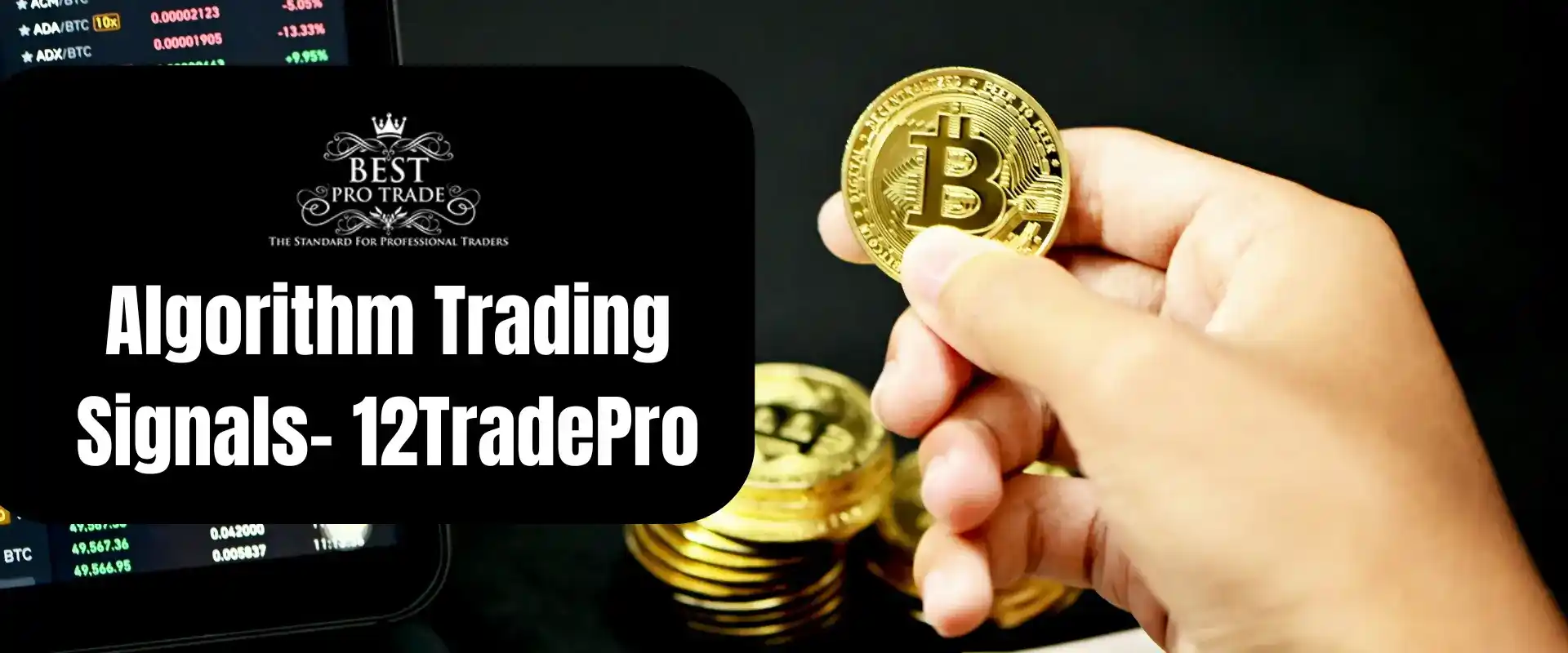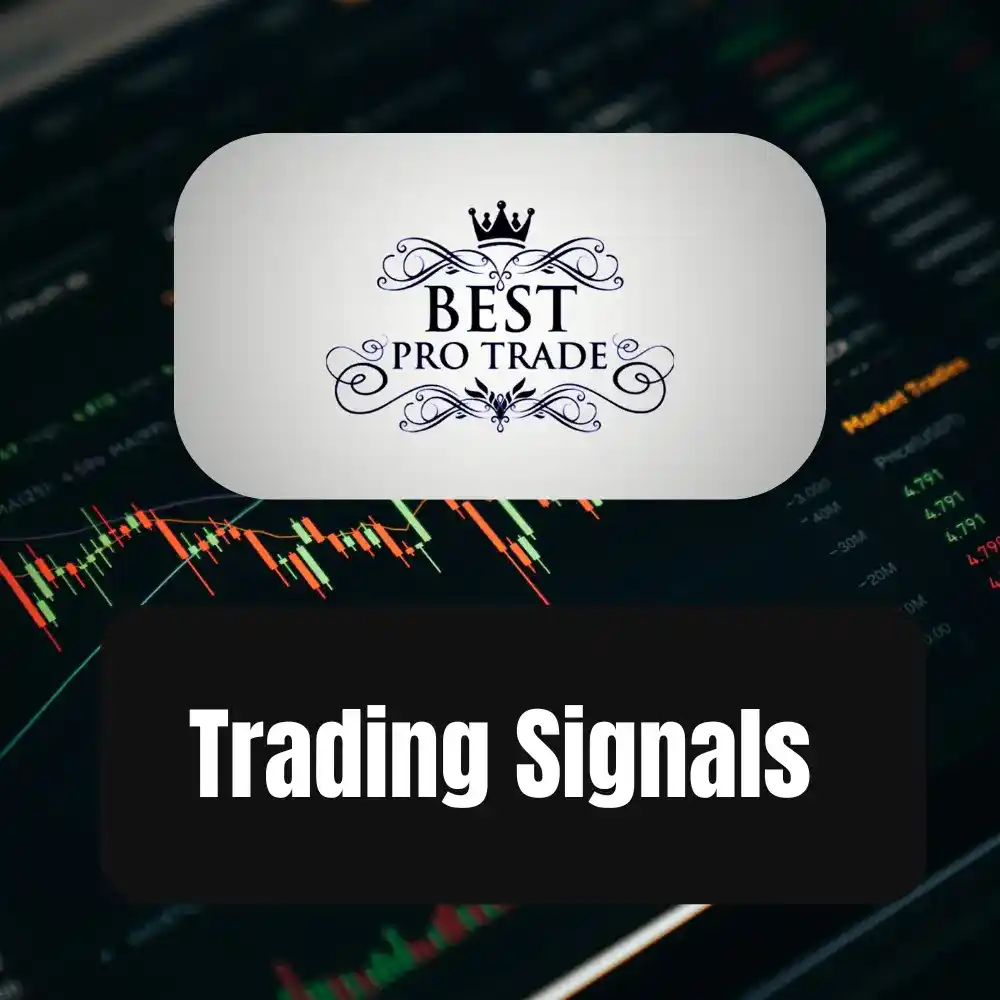Automated trading or Automated Signal Entry is a phenomenon in the forex industry that continues to turn heads. Many are pro-automated trading, while others point out the faults of this system.
Trading signals are indications or triggers used by traders to make decisions about buying or selling financial assets, such as stocks, currencies, commodities, or cryptocurrencies. These signals can come from various sources, including technical analysis, fundamental analysis, or algorithmic trading systems.
Technical analysis involves analyzing historical price and volume data to identify patterns, trends, and support/resistance levels that may suggest future price movements. Common technical indicators used to generate trading signals include moving averages, MACD (Moving Average Convergence Divergence), RSI (Relative Strength Index), and Bollinger Bands.
Algorithmic trading systems use computer algorithms to analyze market data and execute trades automatically based on predefined rules. These systems can generate trading signals based on a wide range of factors, including technical indicators, news sentiment, and market volatility.
What does auto trading entail? Should you go for it or not?
The best way to make this vital decision that could fast-track your trading experience is by analyzing it as a whole. Looking at the pros and cons of automated trading, analyzing the details and some of its best attributes. Then determine if to jump on the moving train or not.
What Is Automated Trading?
The auto trade system is known by several names; auto trading, mechanical trading, and algorithmic trading, among others. Automated trading is a system of specific rules whereby computers execute entry and exit trades based on previously programmed instructions by traders.
With the automated trading system, traders get to program computers to automatically execute trade calls based on specific criteria. With a machine, entry and exit are precise as previously programmed. So, as far as your market analysis is good, and you put in the right rules, you get an accurate result. Not only does this system execute, but it also monitors trades. And this is applicable to forex, futures, and stock trading.
One of the biggest problems associated with forex, futures, and stock trading for traders is the emotions of trading. And many pro-auto traders will argue that automated trading eliminates emotions for traders.
The conditions attached to the rules of entry and exit for automated computers are either simple indicators or more expert strategies.
Also, automated computers trigger trades through specific programming languages on different trading platforms.
What Are the Different Types of Trading Signals?
Automated stock trading signals refer to signals generated by computer algorithms or software programs that analyze market data and automatically execute trades based on predefined criteria. These systems are commonly used by institutional investors, hedge funds, and individual traders who want to take advantage of market opportunities without manual intervention.
Here are some key points about automated stock trading signals:
- Algorithmic Trading: Automated trading systems use complex algorithms to analyze market trends, price movements, volume patterns, and other data to identify trading opportunities.
- Technical Indicators: These systems often incorporate technical indicators such as moving averages, MACD, RSI, Bollinger Bands, and Fibonacci retracements to generate buy or sell signals.
- Backtesting: Before deploying automated trading strategies in live markets, traders typically conduct backtesting to evaluate the performance of the algorithms using historical data. This helps assess the strategy’s effectiveness and refine it if needed.
- Execution Speed: Automated systems can execute trades much faster than humans, which can be advantageous in volatile markets where prices change rapidly.
- Risk Management: Effective risk management is crucial in automated trading. Traders can set parameters such as stop-loss orders, position size limits, and risk-reward ratios to control potential losses.
- Market Conditions: Automated trading systems may perform differently depending on market conditions. They may excel in certain market environments (e.g., trending markets) while underperforming in others (e.g., choppy or range-bound markets).
- Monitoring and Oversight: While automated trading can save time and reduce emotional decision-making, it’s important for traders to monitor their systems regularly and intervene if necessary. Unexpected market events or technical issues can impact automated strategies.
- Regulatory Considerations: Traders using automated systems should be aware of regulatory requirements and ensure compliance with applicable rules and regulations, especially concerning algorithmic trading practices.

Manual Stock Trading Signals
Manual stock trading signals are essentially recommendations or alerts generated by human traders or analysts based on their analysis of the market, technical indicators, and fundamental factors. These signals are meant to guide traders in making buy or sell decisions for stocks or other financial instruments. They can be provided through various mediums such as email, SMS, trading platforms, or even in-person discussions.
The process typically involves:
- Market Analysis: Traders analyze market trends, economic indicators, news, and other relevant factors to understand the current market conditions.
- Technical Analysis: They use technical indicators such as moving averages, MACD, RSI, Bollinger Bands, and chart patterns to identify potential entry and exit points.
- Fundamental Analysis: Traders assess the financial health, performance, and prospects of individual companies or sectors to determine their intrinsic value.
- Signal Generation: Based on their analysis, traders generate signals indicating when to buy, sell, or hold a particular stock or asset. These signals may include specific price targets, stop-loss levels, and timeframes.
- Signal Delivery: The signals are then communicated to subscribers or clients through different channels like email, SMS, trading platforms, or social media.
- Execution: Traders who receive the signals can then execute trades manually through their brokerage accounts, following the recommended actions.
Setting Up Trading Rules
Remember, we had earlier talked about how automated trading works on trading rules programmed by the trader. Now, how does one go about setting up these trading rules that determine how the system executes trades?
Most trading platforms offer automated signal entry trading with preinstalled technical indicators which aid a trader in setting up auto trade rules. There are several technical indicators that make it easy to set up the exact point at the system to enter or exit a trade. For instance, trade execution is conditioned on the crossing of two moving averages in any given time frame.
Regardless of the default setting provided by trading platforms, most traders prefer to create a custom trading algorithm. Using the help of an expert programmer, they customize the software to their taste for auto trade. This allows for more flexibility of rules but also costs more.
Whichever form of trading rules a trader decides to go with, there remains the knowledge that no strategy is perfect. Forex, futures, and stock trading are all volatile markets and will continue to be volatile, as many factors influence their rate. Therefore, it is a standard disclaimer in forex that no strategy is a hundred percent (100%) perfect. It is a market of high risk, where capital is lost if there exists no proper risk and money management plan.
Conclusion
In summary, a trading algorithm can give profits today and lead to losses tomorrow. No trading bot, trading platform, broker, or strategy is fail-safe. You do not own the market; therefore, you do not control it.
Always enter the trading market with caution, have a plan, and follow it. Do not get greedy. There are so many manipulations in the forex, futures, and stock market. Do your analysis, and know the right point of entry, and the precise moment to exit, a minute delay can cause loss.
Forex is a very manipulative market that comes with massive gains and huge losses. Thus, forex is not for everyone it is not a get-rich-quick scheme.
To learn more about the automated trading system check out our YouTube channel

